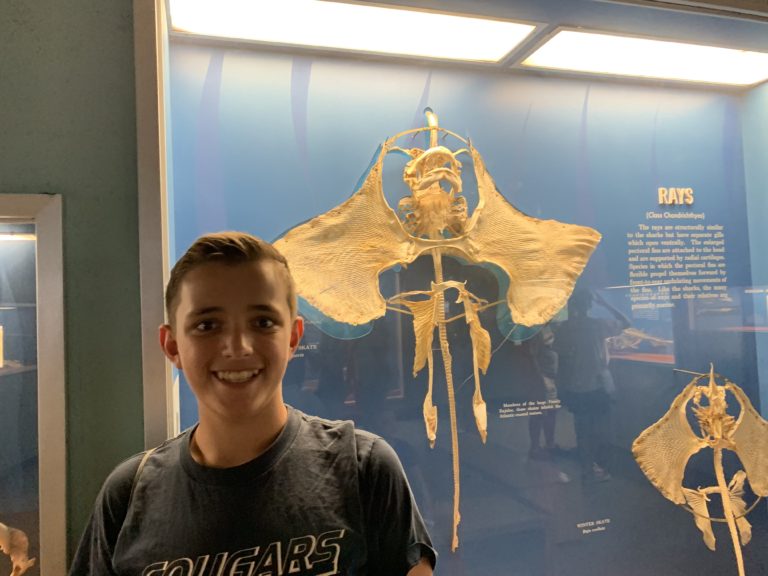

The trail junction was nowhere to be found so it didn’t take long to reach the lake. The next day’s plan was to move on to Parika Lake, with a side hike up Baker Pass. The orange afterglow from the setting sun slowly crept up the eastern mountains until they stood in the shadows. The dark, blue Rocky Mountain sky faded into a light blue, making the line between mountain and sky a hazy combination of colors. Would I get homesick? How much would the altitude slow me down? Would my knees hold out? Did I have enough food? Would snow block the trails? The afternoon was spent resting, reading, writing, watching the views and making dinner. My sign of wilderness is actually a sign of human intervention.ĭespite the overwhelming beauty there were a few beginning-of-a-trip worries.

Moose did not live in this part of the Rockies until 1978 when they were reintroduced. They would have been safe in the Never Summer Mountains. They also said that a moose standing in the water could trap an Indian walking along the shore by causing waves to come up and draw him into the water to drown” They believed that a whiff of breath wafted from the moose would cause an illness that would result in death if not promptly treated by a shaman. Smith was told the Utes “had a great fear of them. In her book, Ethnography of the Northern Ute Anne M. It is always good to be in a place with moose sighting potential. Moose droppings and tracks were everywhere. The meadow was spongy and flecked with reds of Indian paintbrush and yellows of marsh marigolds. The lake faced a wall of mountains that were splashed with snow. If my only problem was a wet boot, there were no problems. Luckily the boot was sucked under and caught in some roots. Panic sent me scrambling into the freezing water like a young bear trying to catch its first salmon. Then it slowly but surely rolled downslope into the rushing waters and disappeared. I threw the second boot over, no problem, at first. Not wanting to risk a soaked boot by jumping from rock to rock, I took them off, threw one boot over, no problem. The only real scare came at the second stream crossing. It took most of the day to go the 4 miles to the unnamed alpine lake that would be my next campsite. There was no way to rush, the altitude was having its effect. The morning hike began uphill and The Grateful Dead sang to me, “the first day is the hardest day, don’t you worry anymore.” After a few hundred yards my heart was racing and my lungs gasping. The Never Summers became a designated wilderness area in 1980. As mining declined the Never Summers transitioned to the tourist trade aided by the creation of Rocky Mountain National Park in 1915. Miners arrived in 1879 and soon found out that the geology, geography, climate and natural wonders that made this place so beautiful did not equal enough gold and silver to make mining economical. The first people of European descent arrived in 1820, where they met the Ute who had migrated into the area in about 1200-1300.īy 1870 the Utes were gone, either killed or moved to a reservation.

The remoteness of the Never Summers helped to limit their numbers and effect on the land. People lived there, they had minimal impact but they were there.

Ten thousand years ago, Clovis Paleo-Indian hunters followed the receding glaciers into these mountains. “A wilderness, in contrast with those areas where man and his own works dominate the landscape, is hereby recognized as an area where the earth and its community of life are untrammeled by man, where man himself is a visitor who does not remain.” Those were the places I wanted to go. I was steeped in the language of the Wilderness Act. In my teenage mind wilderness did not include people. Of course people have been there, so I am not sure exactly what he said, but to a kid with dreams of wild places that is what I heard and ever since, the Never Summer Mountains have held sway. My memory is that he told us that no one had ever been there, not even Native Americans. At a viewpoint somewhere along Trail Ridge Road, a ranger pointed out the Never Summer Range. When I was 13 we visited Rocky Mountain National Park on a family trip. It was great to be pissing in the Pacific Ocean watershed. Breakfast on Long Island and dinner at my campsite on the Baker Gulch Trail heading into the Never Summer Mountains for a 7-night backpacking trip.


 0 kommentar(er)
0 kommentar(er)
